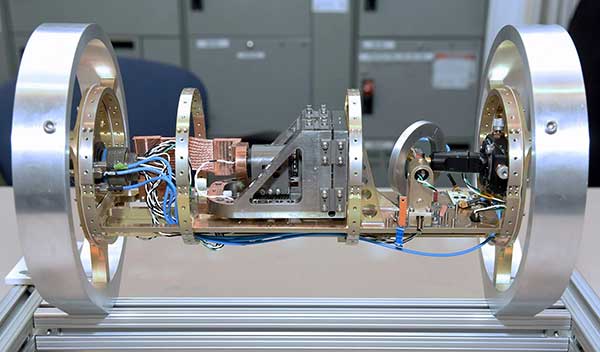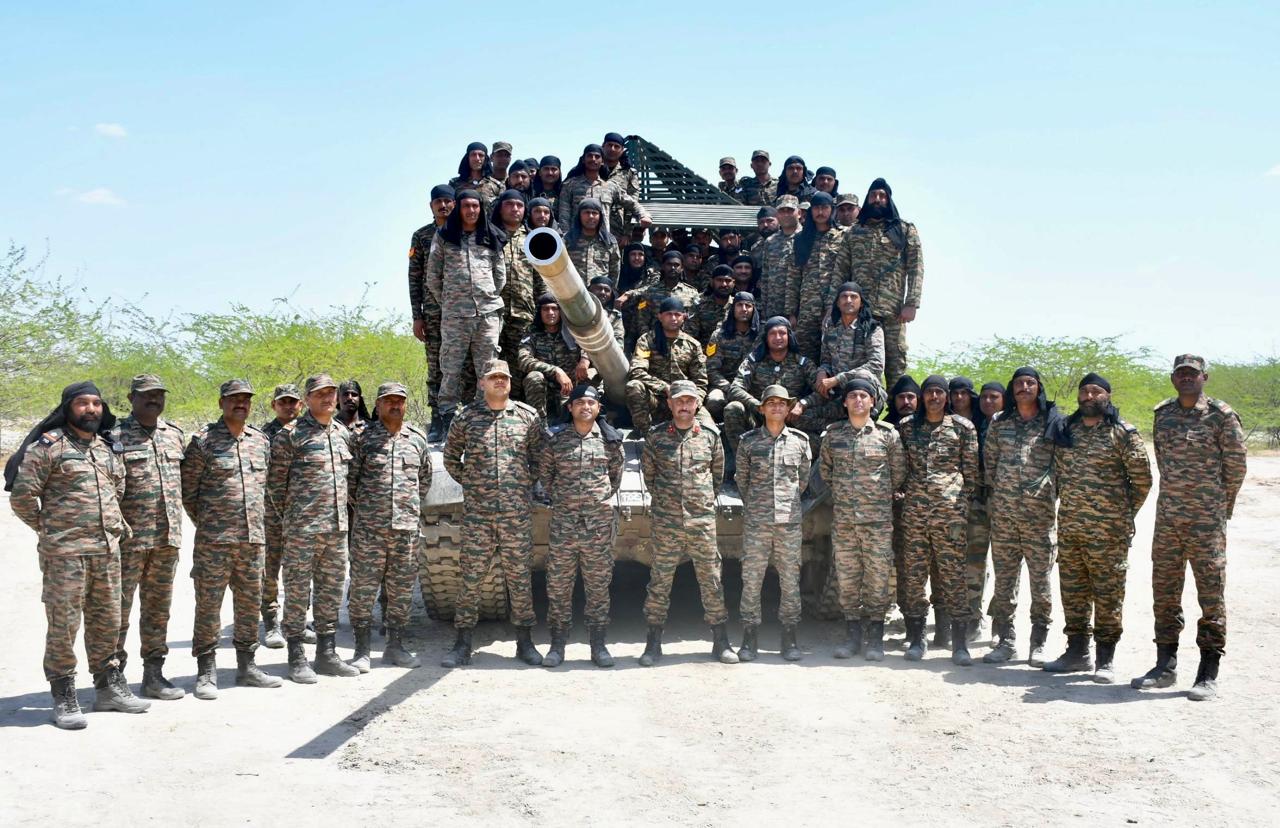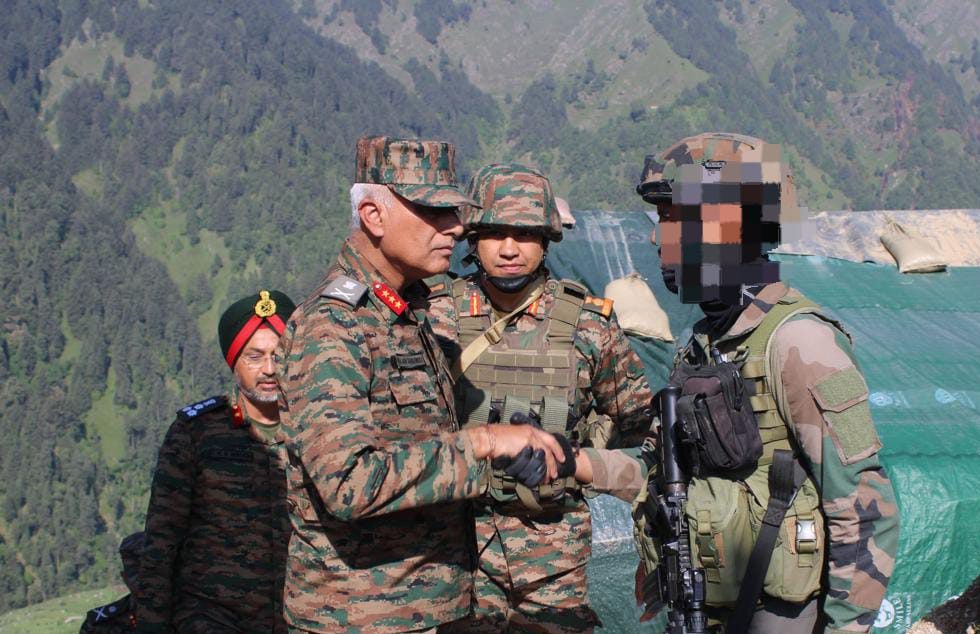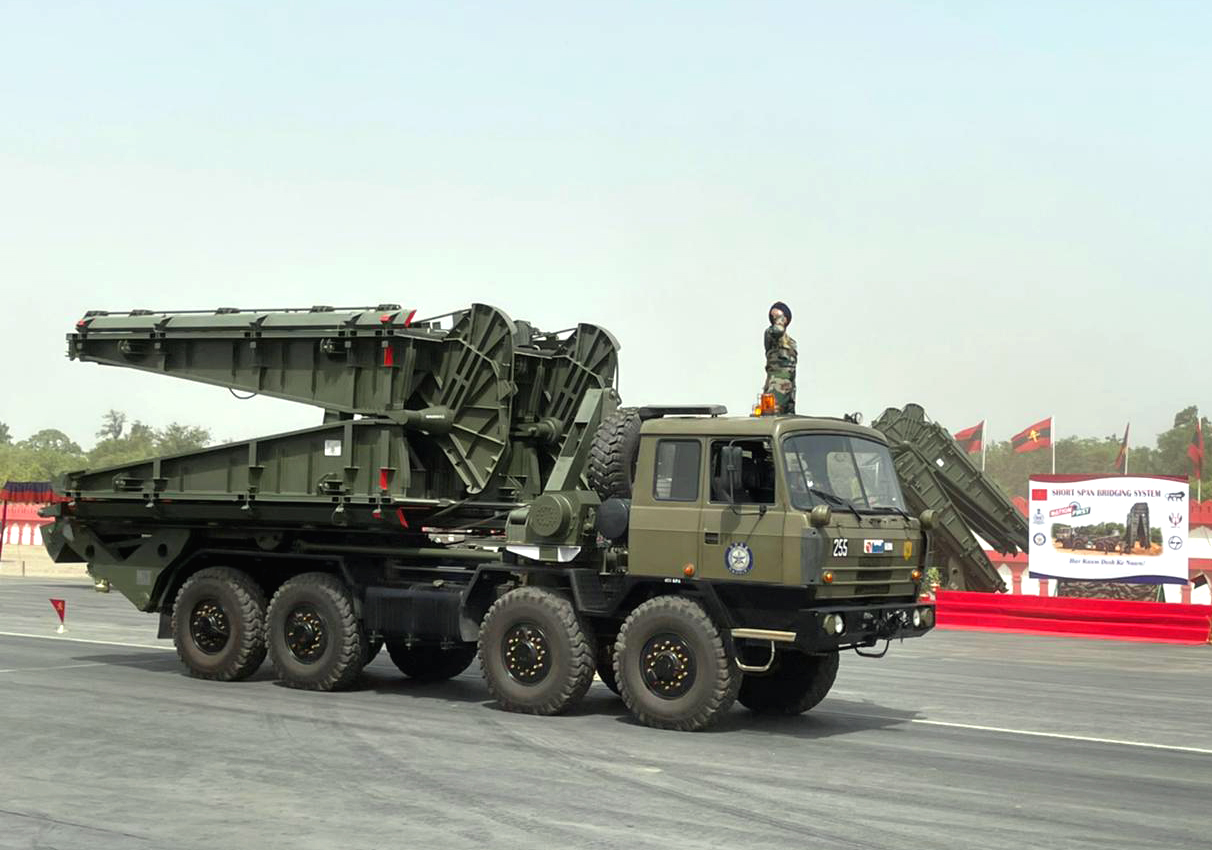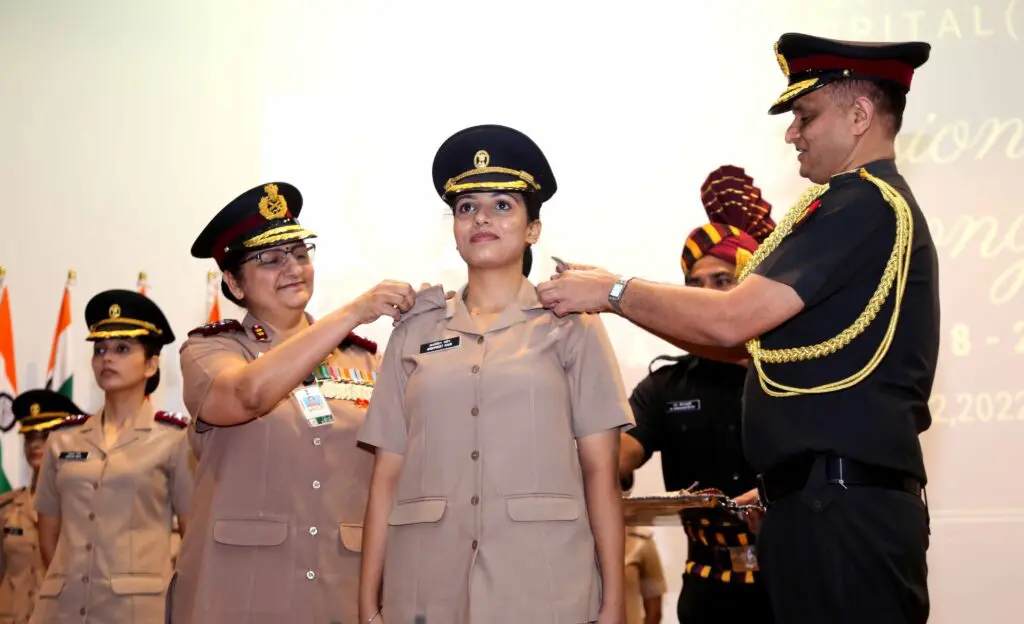QuBeats Secures Rs 25 Crore Grant to Develop Indigenous Quantum Navigation for Indian Navy
In a major push for indigenous defense innovation, Indian quantum deeptech startup QuBeats has received a Rs 25 crore grant…
Bald Eagle Brigade Sharpens Combat Skills in Rann of Kutch Drills
The Indian Army’s Bald Eagle Brigade has successfully completed a series of intensive training exercises in the Rann of Kutch,…
Rising Star Corps GOC Reviews Readiness in Sensitive Kathua Sector
In a significant move to reinforce security preparedness, Lieutenant General Rajan Sharawat, General Officer Commanding of the Indian Army’s Rising…
NIBE Limited Signs Technology Transfer Pact with DRDO for Modular Bridging Systems
NIBE Limited has announced a strategic licensing agreement with the Defence Research and Development Organisation (DRDO), specifically with the Research…
Indian Army BSc Nursing 2025: Dates, Application Forms, Eligibility, Admission Process
The Indian Army, known for its unwavering commitment to excellence, has unveiled an exceptional opportunity for aspiring female candidates –…
Meet Major Avinash Chhetry: From Sword of Honour to President’s ADC
Major Avinash Chhetry's story is a powerful narrative of ambition, resilience, and service.

